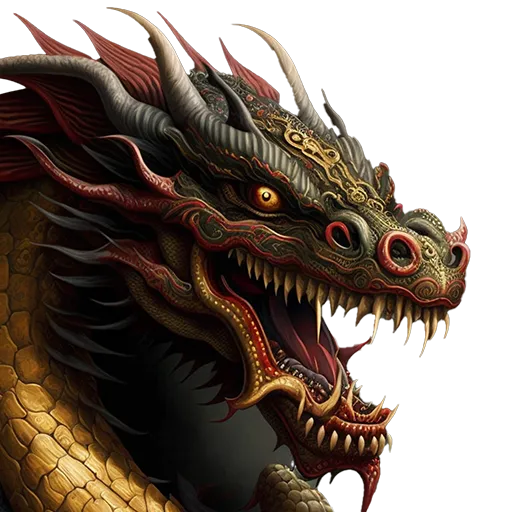Liuhe Bafa Gathering in Huainan City, China
On November 29-30 and December 1, 2007, I was invited and was honored to participate in the 120th Birthday Celebration of the Late Great Grandmaster Wu Yihui in Huainan City, Anhui Province, China, where I represented my late teacher, Grandmaster Tao Bingxiang who had been one of eight disciples of Wu Yihui.
The celebration was hosted by Wu Yinghua (Wu Yihui’s son) and featured many illustrious Liuhe Bafa masters. The highlight of the event was the 3-hour demonstration on Saturday afternoon. I am sure this was the first time so many different exponents of Liuhe Bafa demonstrated their form. I was privileged to be among the first demonstrators.
The form was performed at varying speeds, some at a slow and even pace, whereas others varied between a slower and a faster pace. Others were relatively quick, and some outright brisk. Wang Hui (Wu Yinghua’s son in-law) performed the entire routine, and his tempo changed throughout. However, the second section of the form was clearly faster than the first.
Personally, I practice the form at times very slowly and at other times with varying speed. It depends on the focus of a particular training session. My temperament and characteristics as well as personal preference is to vary the speed of the form. Grandmaster Tao practiced the form at a slow and even speed, and with higher stances than I prefer.
Another notable aspect of the demonstration in China was the considerable variation of techniques among the different masters, some of which were hardly recognizable as Liuhe Bafa. The other obvious difference lay in the pattern of the form. Some teachers used a mostly linear pattern while others used more angles, and in a few cases, there was some circle walking. Overall, it was easy to recognize the original pattern of the routine that had been transmitted by Wu Yihui. Grandmaster Tao first taught me Liuhe Bafa in a fairly linear pattern, but also emphasized angles, which I prefer. In my view, this renders the form more functional when it comes to practical applications.
It was obvious at the demonstration that some of these routines had been heavily influenced by modern Wushu practices and were far removed from the traditional routine. At the end, Wu Yinghua criticized some of the changes and emphasized the importance of adhering to and transmitting Liuhe Bafa intact as it was taught by his father, Wu Yihui, without injecting it with other arts such as Taiji, Xing Yi, or Bagua.
